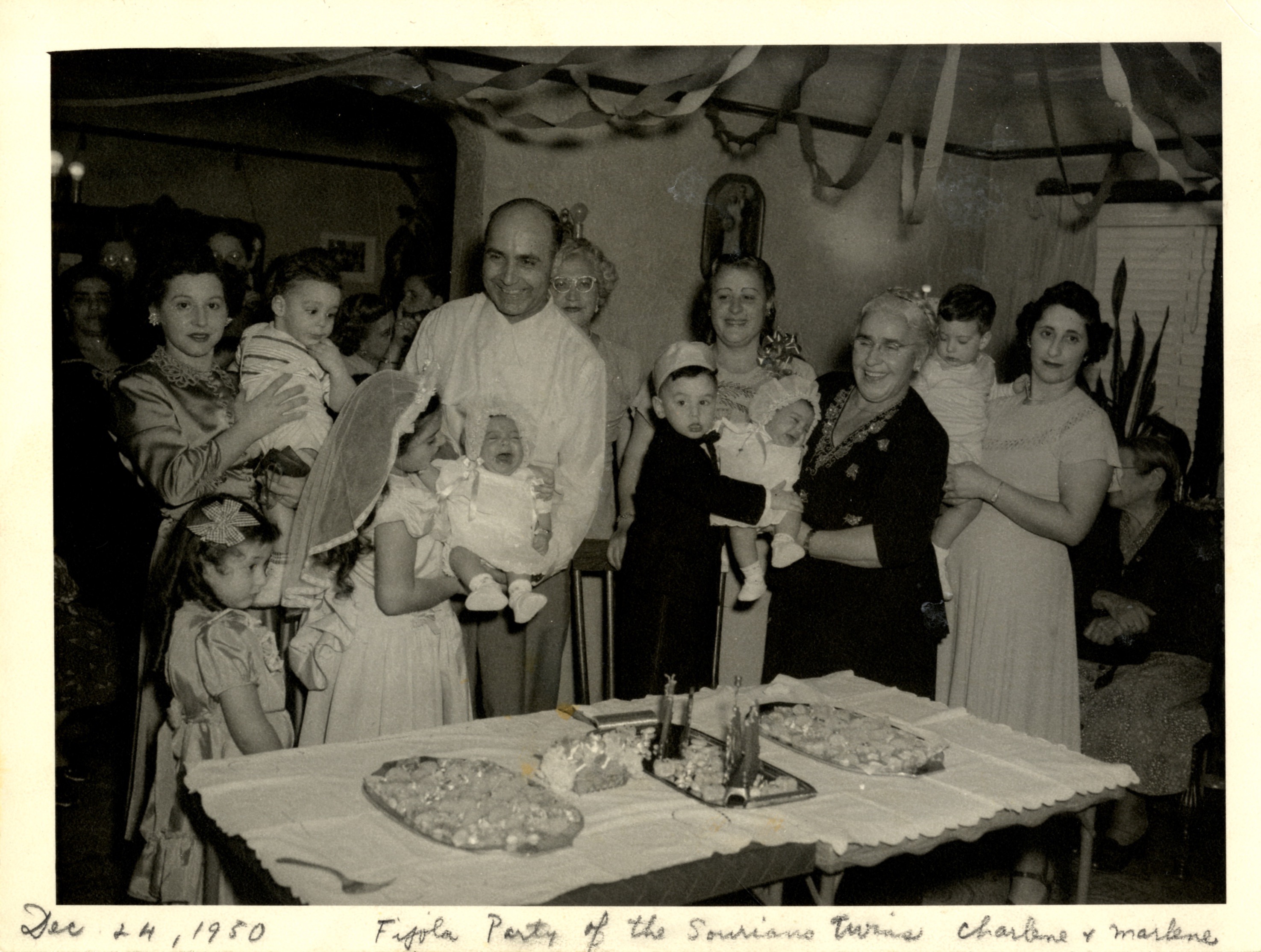About the Project
Ladino was our inspiration
This exhibition was inspired by a Ladino refran, or proverb: De la fasha asta la mortaja (“From the cradle to the grave”). Translated literally, this idiomatic expression calls to mind two garments that wrap around a person at the beginning and end of his or her life: the fasha, or swaddling cloth, greets a newborn as they arrive in this world; the mortaja, or burial shroud, envelopes them as they depart. De la fasha asta la mortaja encapsulates the life cycle because the two garments — the swaddling cloth and the shroud — symbolize the beginning and the end. In our exhibition you will learn more about both of those garments and the traditions that accompanied them.
Your questions were our motivation
As a growing resource for the preservation of Ladino language and Sephardic Jewish culture from the Ottoman Empire, the University of Washington’s Sephardic Studies Program, housed in the Henry M. Jackson School for International Studies’ Stroum Center for Jewish Studies, has received many inquiries over the years from scholars, students, and the general public all over the world who seek to recuperate Sephardic traditions, to document them for study, and even to reactivate them, adapt them, and incorporate them into their own lives. We thus undertook this project as a way to respond to these questions in a format that would also anticipate the needs and interests of our many audiences.
Your artifacts were our resources
Building this exhibit involved careful research, observation, and reflection. Using materials from the Sephardic Studies Digital Collection, we discovered that life cycle traditions among Sepharadim not only varied among communities, but also experienced dramatic transformations across time and space, especially from the Ottoman Empire to here in the Pacific Northwest. In many cases, we noticed discrepancies between what people today presume to be uniform, static Jewish “traditions” and the multiplicity of practices developed and transformed over the generations by Ottoman Jewish communities and their diasporic offshoots — including here in Seattle.
We built this for you
We hope Sepharadim all over the world will be affirmed by our exhibit and use it as a platform for educating others about their own experiences with Sephardic life cycles. We also hope that for scholars, students, and the general public, our exhibit will broaden the scope of Jewish history; open conversations and encourage dialogue about the role of customs in other religions; and serve as an inspiration for how to preserve the stories of cultural communities around the world.
Project Staff
This exhibition was created in-house by our Sephardic Studies Program team. From web design to exhibit text; digitization to metadata creation; we are proud of our team's unique skills and tireless efforts to bring this project to fruition.
Dr. Devin E. Naar - Editor
Isaac Alhadeff Professor of Sephardic Studies and Sephardic Studies Program Chair
Makena Mezistrano - Exhibition content and web design
Sephardic Studies Program Assistant Director
Ty Alhadeff - Digitization and metadata
Special thanks to the University of Washington UX/UI consultants who offered critical guidance and tech support to ensure this exhibition was user-friendly and accessible.

